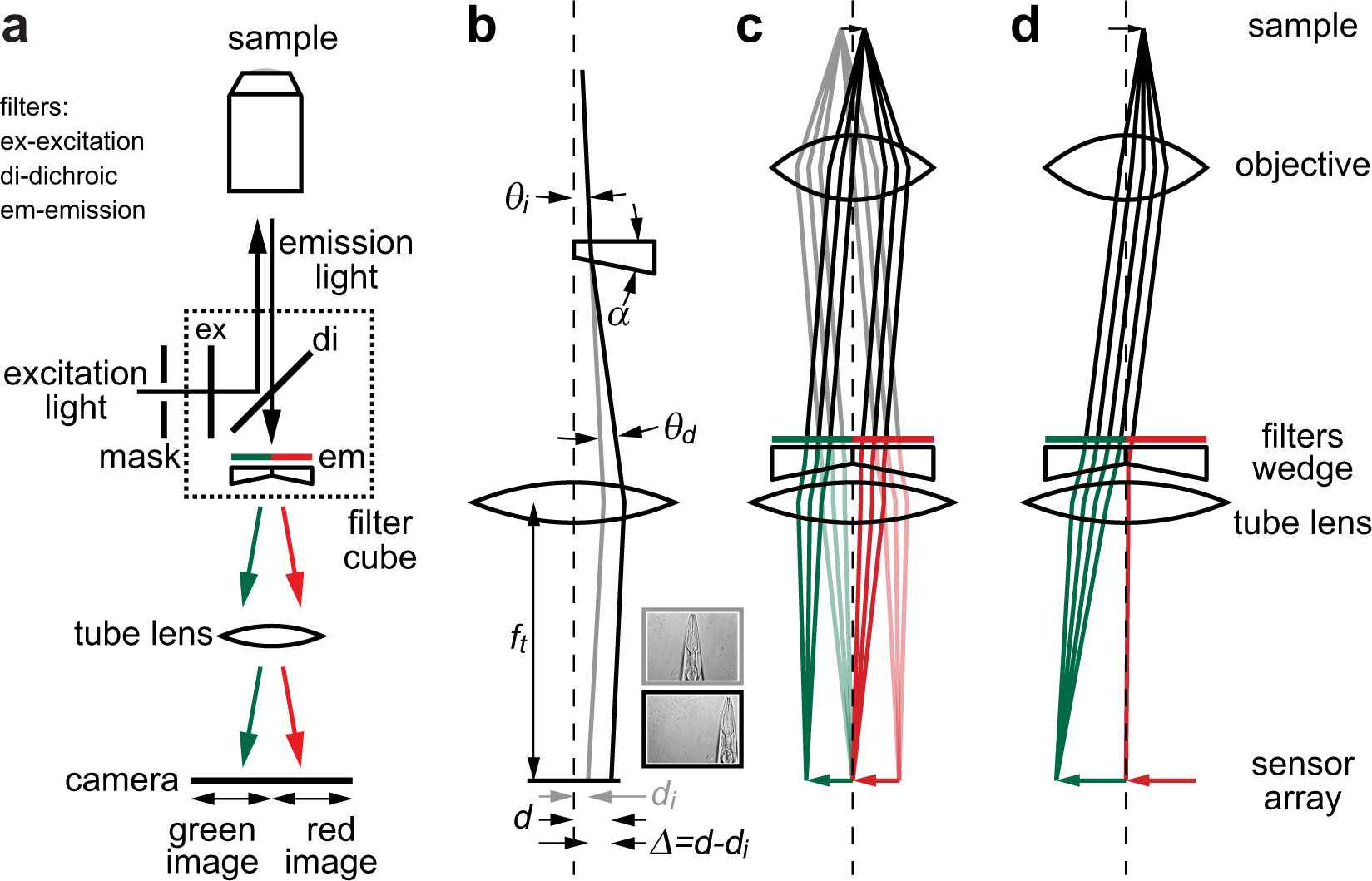Contents

Source: Holmarc
Understanding Wedge Prisms in Optics
Introduction
Wedge prisms are optical components commonly used in laser systems for beam steering applications. They are designed with a small angle between their input and output surfaces, allowing them to deflect laser beams with precision.
Basic Principles
When light passes through a wedge prism, it experiences a slight change in direction due to refraction. The amount of beam deflection is determined by the wedge angle and the refractive index of the prism material. By adjusting the orientation of the prism, the amount of beam deflection can be controlled.
Applications
Wedge prisms are utilized in various optical systems for tasks such as beam steering, fine adjustment of beam properties, and control of chromatic dispersion. They are often incorporated into laser setups where precise beam manipulation is required.
Types of Wedge Prisms
There are different types of wedge prisms available, including precision prisms with accurately defined wedge angles and circular prisms for rotational adjustments. Risley prism pairs, which consist of two wedge prisms, offer adjustable beam deflection capabilities.
Advantages and Limitations
Wedge prisms provide a convenient way to control the direction of laser beams with minimal dispersion. However, they are not suitable for applications requiring significant angular dispersion due to their design.
Conclusion
In conclusion, wedge prisms play a crucial role in optics by enabling precise beam manipulation in laser systems. Their versatility and ease of use make them essential components for various applications in photonics and optical engineering.

Source: Nature
Feel free to comment your thoughts.



